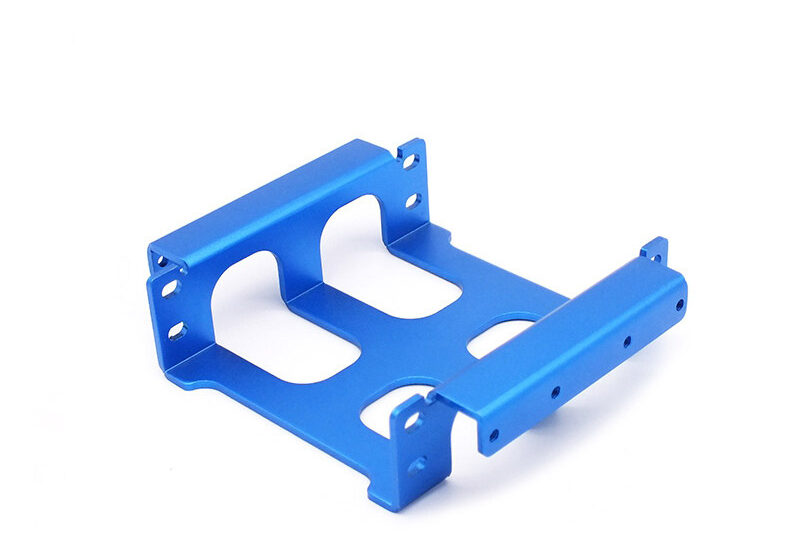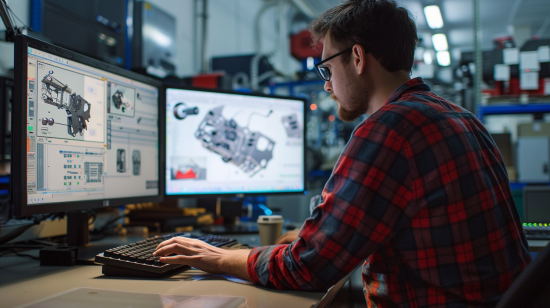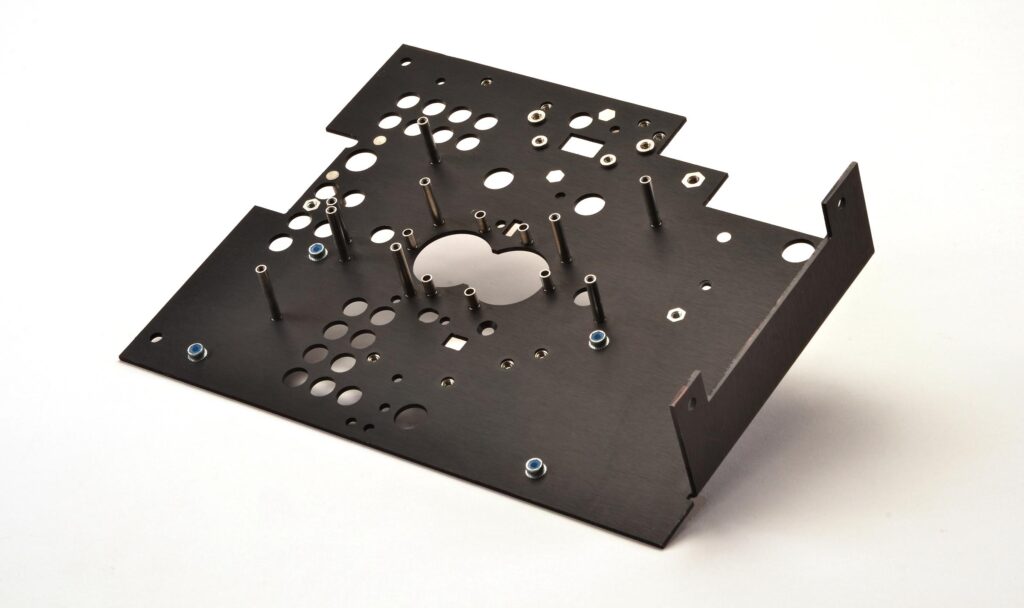Manufacturing can be a costly and time-consuming process, especially when dealing with complex designs or tight deadlines. Delays, design flaws, and high costs are common issues that can derail a project. But what if there was a way to mitigate these risks and ensure a smoother, more efficient production process? Enter sheet metal prototypes—your secret weapon in the manufacturing game.
Sheet metal prototypes are essential for accelerating product development, reducing costs, and ensuring a seamless transition from design to production. They enable rapid iterations, real-world testing, and early detection of design flaws, saving both time and money. By incorporating prototypes into your process, you can refine designs, enhance communication, and ultimately deliver higher-quality products faster.
Curious to know how sheet metal prototypes can solve your manufacturing challenges? Keep reading.

What Is the Real Benefit of Using Sheet Metal Prototypes?
Speed and accuracy are essential in manufacturing. Sheet metal prototypes allow us to iterate and perfect our designs rapidly so that when we’re ready for full-scale production, everything is dialed in. This saves time and can prevent costly mistakes when scaling up. By catching problems early, we avoid the “oh crap” moments that come with complex projects.
How Do Sheet Metal Prototypes Shorten the Time to Market?
In today’s fast-paced world, getting your product to market quickly can be the difference between winning and losing. Sheet metal prototypes enable us to test and refine our designs rapidly, dramatically shortening our development cycle. For example, we can quickly create and test multiple versions of a product, adjusting everything from the shape to the type of material used. This iterative process is not only faster, but it’s also more effective because we can make informed decisions at every step of the process.

Can Prototypes Help You Find Design Flaws Early?
Absolutely. One of the best things about sheet metal prototypes is that they reveal design flaws before they turn into costly problems. Think about it. How bad would it be to find out too late that a part doesn’t fit or that a material isn’t working as expected? With prototyping, we can find and fix these issues early in the process. This saves money and ensures that the final product meets all the necessary specs.
How Do Sheet Metal Prototypes Help You Test Functionality?
Functionality is where the rubber meets the road. With a physical prototype in hand, we can test the product in real-world conditions to see how it performs. Does it hold up under stress? Does it fit perfectly where it’s supposed to go? These are things you can’t know for sure unless you have a prototype. By using sheet metal prototypes, we can test how the final product will perform and make any necessary adjustments before moving into mass production.

How Does Material Testing Play into Prototyping?
Choosing the right material is crucial to the success of any product. Prototyping allows us to test different materials to see how they perform under real-world conditions. Whether we’re talking about corrosion resistance, strength, or weight, prototypes give us the data we need to make informed decisions. This is especially important in industries like aerospace or automotive where the choice of material can have a significant impact on the product’s performance and safety.
How Does Prototyping Improve Communication and Collaboration?
Communication is critical in any project, especially when you have multiple stakeholders involved. A physical prototype gives you something tangible that everyone can see and talk about. This improves communication among designers, engineers, and clients so everyone is on the same page. It also improves collaboration because when people can see and touch the product, they can give you better feedback and suggestions.

How Does Prototyping Lead to Precision and Quality?
In manufacturing, you have to be precise. With sheet metal prototypes, you can achieve high levels of precision thanks to advanced fabrication techniques like CNC machining and laser cutting. These methods allow you to make prototypes that are nearly identical to the final product so you can be sure that what you see in the prototype stage is what you’ll get in production. Attention to detail is crucial for maintaining consistent quality across all your units.
How Can Prototyping Save You Money?
Prototyping is a great way to find potential cost savings. By validating your designs early, you can avoid expensive rework and reduce waste. This is especially important in large-scale production because small inefficiencies can add up to big costs. Plus, prototyping allows you to test different manufacturing methods and choose the most cost-effective option.

Can Prototyping Spark Innovation?
Innovation often comes from experimentation, and that’s where prototyping shines. By letting you explore unconventional designs and test out new ideas, prototyping encourages creativity and innovation. You’re not just sticking with what you know works; you’re pushing the envelope to create better, more efficient products. This willingness to experiment can lead to breakthroughs that set your product apart from the competition.
Why Is Customization Important in Prototyping?
Every client has unique needs, and prototyping allows you to meet those needs with custom solutions. Whether it’s a specific material requirement or a unique design feature, you can customize prototypes to fit your client’s exact specifications. This level of customization not only leads to happier clients but also opens up new opportunities for your business to grow. Custom solutions often lead to long-term relationships because clients appreciate the attention to detail and the ability to get exactly what they want.

How Do Sheet Metal Prototypes Help You Manage Risk?
Manufacturing is full of risk, from design flaws to production delays. Prototyping helps you manage those risks by enabling you to test and refine your designs before you commit to full-scale production. Catching potential problems early saves you time, money, and headaches. It also gives you confidence that your final product will meet all the necessary standards and perform as expected.
Conclusion
If you’re not using sheet metal prototypes in your manufacturing process, you’re missing out. Big time. They speed up development. They ensure accuracy. They save you money. They make you better. If you’re serious about getting better at manufacturing, you need to get serious about prototyping.

